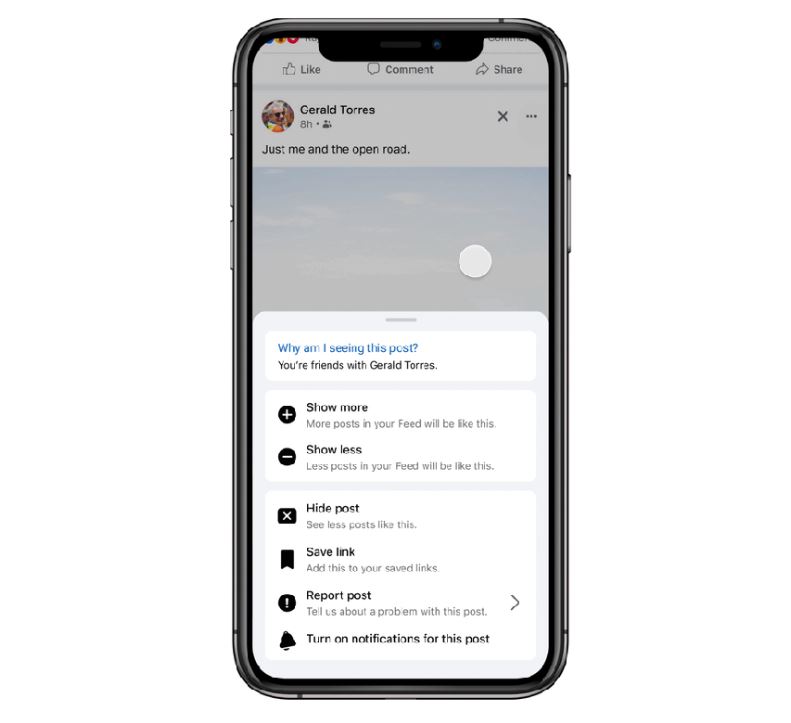Samsung heads into CES 2026 with momentum Samsung Electronics is closing out 2025 with a strong signal of where its future tech ambitions lie….
New Facebook feature | How to adjust your Facebook feed preferences

Meta-owned Facebook has launched a new feature that allows users to have control over what content they want on their feed.
The announcement was made on Wednesday, meaning users will soon start to see a show more or show less button on posts on their feed.
The rule is simple.
If you want to see more of a particular set of content, click “show more” or ” show less” if you think certain content seems like spam to you.
By clicking the options, you’re ranking the content on Facebook, and setting your preferences at the same time.

Once the feature is rolled out, you will have access to it by tapping on the three dots next to a post.
Facebook said: “We’ll periodically show this on posts in Feed. Soon, you can choose to Show more or Show less on posts by tapping into the three-dot menu in the upper right-hand corner. We are also starting to test this feature in Reels.”
By clicking for more options, a sub-menu will appear, with more options.
“We’re also continuing to explore ways to personalize how much content you see in Feed from the friends and family, Groups, Pages and public figures you’re connected to,” Facebook said.
With an aim to cater to people’s individual preferences, Facebook said people were connecting over relatable content, and the addition would allow users to customize what they saw on their feed.
So how does your news feed predict what you see?
It’s a complex system but the simple answer is it involves an algorithm and a machine learning ranking system which pics up on your preferences based on what you select.
It’s multiple layers of machine learning models applied to sift through millions of content to find specific content that may appeal to you.
Facebook explains it in this manner: “The system determines which posts show up in your News Feed, and in what order, by predicting what you’re most likely to be interested in or engage with. These predictions are based on a variety of factors, including what and whom you’ve followed, liked, or engaged with recently.”
Also read: WATCH: This AI firefighter helmet makes firefighters see through smoke

